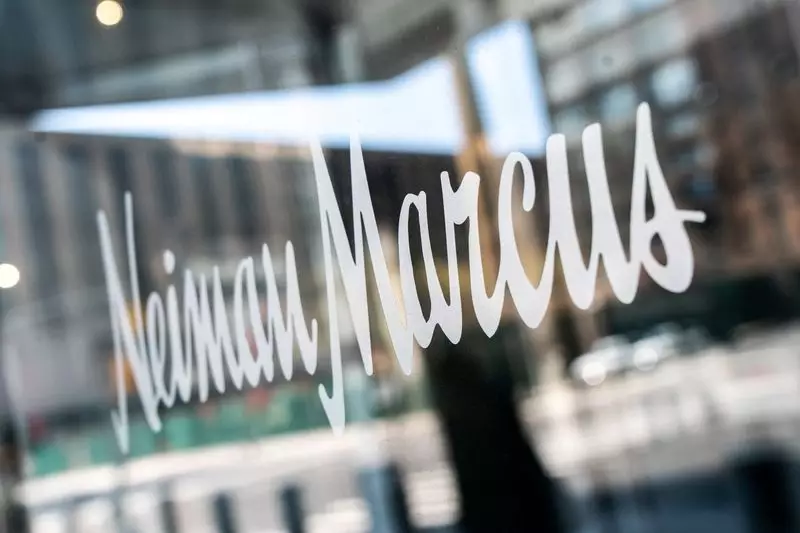The recent announcement of the acquisition of Neiman Marcus by HBC for $2.65 billion has sent shockwaves through the luxury retail industry. This deal signifies a major shift in the landscape of high-end department stores, with implications for vendors, customers, and competitors alike.
HBC’s plan to create Saks Global, a combined entity of Saks Fifth Avenue, Neiman Marcus, and other luxury retail and real estate assets, is a bold move with far-reaching consequences. This new entity will not only have stronger negotiating power with vendors but also a greater ability to control costs in a challenging economic environment.
Neiman Marcus, known for its exclusive designer products catering to wealthy customers, had filed for bankruptcy protection in 2020 due to the impact of the pandemic on its revenues. The acquisition by HBC offers a lifeline to the struggling retailer, providing the resources and expertise needed to navigate these turbulent times.
Competition in the Luxury Retail Market
With the formation of Saks Global, HBC is poised to compete with industry giants such as Nordstrom, Bloomingdale’s, and Macy’s. The reported talks of Macy’s potential sale to Arkhouse Management and Brigade Capital Management for $6.9 billion further intensify the competitive landscape, signaling a new era of consolidation and strategic partnerships.
Investors and Financing
In addition to HBC and Neiman Marcus, online retailer Amazon.com and customer relationship management software provider Salesforce will also be investors in Saks Global. These tech-savvy partners bring valuable expertise in technology, logistics, and artificial intelligence integration. Private-equity firm Rhone Capital will lead the investor group, with Apollo Global Management providing significant debt financing for the deal.
The acquisition of Neiman Marcus by HBC marks a significant turning point in the luxury retail industry, with the creation of Saks Global poised to reshape the competitive landscape. As the market continues to evolve and adapt to changing consumer preferences and economic conditions, strategic partnerships and acquisitions will be crucial for leading retailers to thrive in the future.

